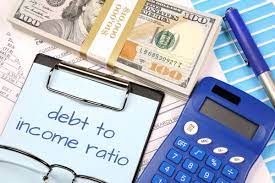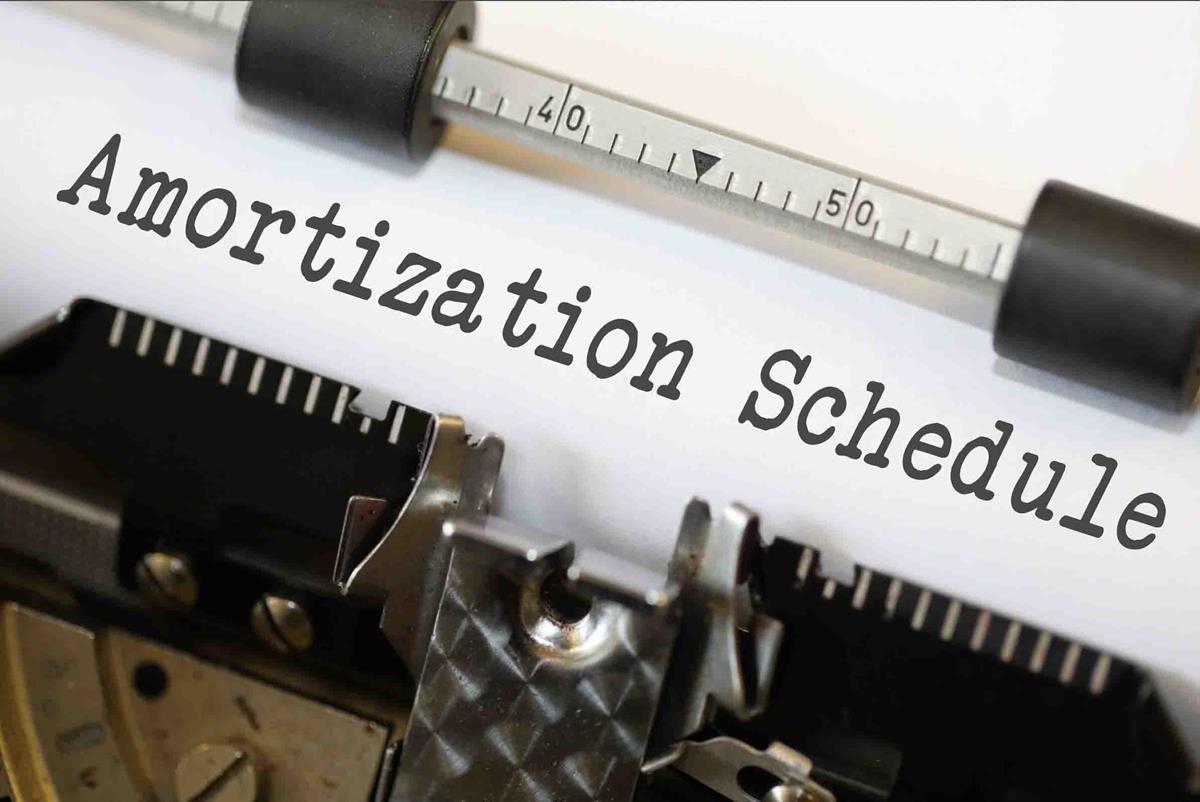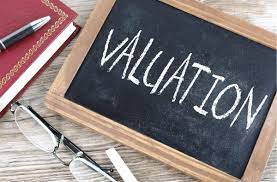REAL ESTATE INVESTMENT CALCULATORS
Operating Expense Ratio

Operating Expense Ratio Calculator
Operating Expense Ratio:
What is the Operating Expense Ratio?
The operating expense ratio, sometimes called the opex ratio, is a metric used by real estate investors to analyze the profitability of income-producing properties.
The operating expense ratio shows operating expenses as a percentage of income and helps property owners understand how much of the property's income goes toward expenses.
This metric is useful for investors considering purchasing a new property, and it is also useful for current property owners to identify real estate management problems
before they become significant.
Operating Expense Ratio Formula
The operating expense ratio can be calculated using the formula shown below.
To more fully understand the formula we should define what is included in operating expenses and how to calculate effective gross income.
Operating expenses include any expenses needed to maintain the property such as property taxes, insurance, utility bills, standard maintenance & repair costs, property management fees, and whatever other expenses the property may incur.
Effective gross income (EGI) is also easy to calculate using the formula below.
Potential gross income is calculated as the best case scenario for your property. It assumes all of the building's units are rented at market rates and each tenant pays their rent on time. Potential gross income is the maximum annual rental revenue the property could generate.
Vacancy and collection loss is a measure of how often your unit is empty or how often tenants fail to pay rent. Vacancy rates are usually measured as a percentage. For example, if you have a rental property that is vacant for one month out of the year your vacancy rate would be 1/12 = 8.3%
Other income includes any additional revenue the property generates, besides rent or lease payments. Sources of additional revenue include parking permit fees, laundry fees, vending machine income, advertising revenue, and more.
Operating Expenses / Effective Gross Income
To more fully understand the formula we should define what is included in operating expenses and how to calculate effective gross income.
Operating expenses include any expenses needed to maintain the property such as property taxes, insurance, utility bills, standard maintenance & repair costs, property management fees, and whatever other expenses the property may incur.
Effective gross income (EGI) is also easy to calculate using the formula below.
EGI = Potential gross income - vacancy & collection loss + other income
Potential gross income is calculated as the best case scenario for your property. It assumes all of the building's units are rented at market rates and each tenant pays their rent on time. Potential gross income is the maximum annual rental revenue the property could generate.
Vacancy and collection loss is a measure of how often your unit is empty or how often tenants fail to pay rent. Vacancy rates are usually measured as a percentage. For example, if you have a rental property that is vacant for one month out of the year your vacancy rate would be 1/12 = 8.3%
Other income includes any additional revenue the property generates, besides rent or lease payments. Sources of additional revenue include parking permit fees, laundry fees, vending machine income, advertising revenue, and more.
How do I Calculate the Operating Expense Ratio?
To more fully understand how the operating expense ratio is calculated, let's walk through a simple example. Assume you are considering purchasing a new rental property
and want to calculate the property's operating expense ratio to better understand if this will be a profitable investment or not. The property you are looking at is
a duplex with two units. Each unit is rented for $1,200/month. Historically, the duplex has an average vacancy rate of 10%. The duplex also has several operating expenses.
Property taxes are $4,000/yr, insurance is $1,000/yr, and utility bills average $2,400/yr.
Using these numbers we can calculate the operating expense ratio for the property. First, we add all of our operating expenses together ($4,000 + $1,000 + $2,400 = $7,400). Next, we calculate our effective gross income. Our potential gross income is $1,200 * 2 * 12 = $28,800, and our vacancy loss is $28,800 * .1 = $2,880. Our effective gross income is potential gross income subtract vacancy loss which in this case is $28,800 - $2,880 = $25,920.
The final step is to divide our operating expenses by our effective gross income: $7,400 / $25,920 = 28.5%.
As you can see, calculating the operating expense ratio isn't difficult. The hardest part is usually gathering the correct numbers to plug into the equation.
Using these numbers we can calculate the operating expense ratio for the property. First, we add all of our operating expenses together ($4,000 + $1,000 + $2,400 = $7,400). Next, we calculate our effective gross income. Our potential gross income is $1,200 * 2 * 12 = $28,800, and our vacancy loss is $28,800 * .1 = $2,880. Our effective gross income is potential gross income subtract vacancy loss which in this case is $28,800 - $2,880 = $25,920.
The final step is to divide our operating expenses by our effective gross income: $7,400 / $25,920 = 28.5%.
As you can see, calculating the operating expense ratio isn't difficult. The hardest part is usually gathering the correct numbers to plug into the equation.
What is a Good Operating Expense Ratio?
Each investment property is different and there is no definitive guide to what counts as a good operating expense ratio vs a bad operating expense ratio.
However, in almost all cases a smaller ratio is better because a smaller number means that less revenue is needed to cover expenses and keep the property running.
Additionally, an operating expense ratio greater than 100% means the property's expenses are greater than its revenue and the property is in serious financial trouble.
Just as important as the actual operating expense ratio is the direction the operating expense ratio trends over time. A ratio that stays consistent or declines over time signals that management is making smart decisions and managing the property well because expenses are either going down or revenue is going up. Alternatively, an op-ex ratio that increases year-over-year may be a sign that the property is in trouble. If your operating expense ratio is increasing over time, it may mean that your rents are not keeping up with the cost of expenses or it may mean that one or more of your expenses has increased enough to affect your property's profitability. Analyzing your operating expense ratio regularly can help you identify trends and remedy problems early.
Just as important as the actual operating expense ratio is the direction the operating expense ratio trends over time. A ratio that stays consistent or declines over time signals that management is making smart decisions and managing the property well because expenses are either going down or revenue is going up. Alternatively, an op-ex ratio that increases year-over-year may be a sign that the property is in trouble. If your operating expense ratio is increasing over time, it may mean that your rents are not keeping up with the cost of expenses or it may mean that one or more of your expenses has increased enough to affect your property's profitability. Analyzing your operating expense ratio regularly can help you identify trends and remedy problems early.
How can I improve my Operating Expense Ratio?
If you find your operating expense ratio trending in the wrong direction, there are several practical ways to turn it around. For example, you may be in a situation where inflation has
caused your expenses to increase, but you haven't raised rents to adjust for these increased prices. In this case, simply raising rents may be enough to remedy the problem.
Another source of issues can be high tenant turnover. High turnover rates mean higher vacancy rates and less revenue coming in. If you find yourself in this situation, ask your tenants why they are leaving and try to discover the source. It may be you need to clean up the property or fix broken appliances. Or you may realize that you just have bad tenants and need to implement a more effective tenant selection process.
The operating expense ratio is a good way to measure the pulse of your investment property and get an early warning when things are out of whack. The operating expense ratio can be improved by lowering your operating costs or increasing the revenue the property generates.
Another source of issues can be high tenant turnover. High turnover rates mean higher vacancy rates and less revenue coming in. If you find yourself in this situation, ask your tenants why they are leaving and try to discover the source. It may be you need to clean up the property or fix broken appliances. Or you may realize that you just have bad tenants and need to implement a more effective tenant selection process.
The operating expense ratio is a good way to measure the pulse of your investment property and get an early warning when things are out of whack. The operating expense ratio can be improved by lowering your operating costs or increasing the revenue the property generates.


